News
Hydrogen Cars Were Supposed to Be the Future. Now Owners Are Suing Toyota
Several Mirai drivers have found themselves still paying for cars they don’t even drive anymore.
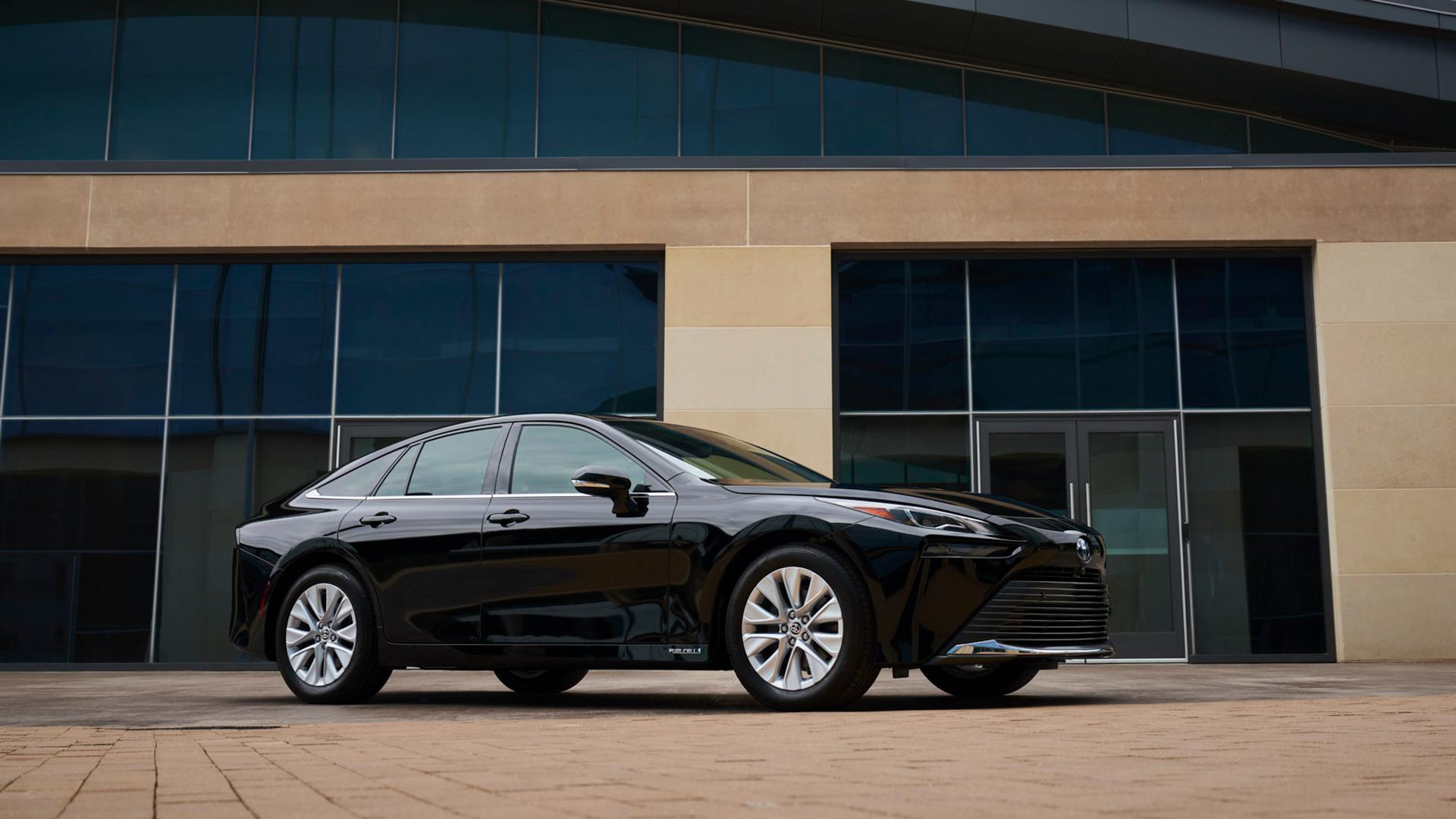
The promise of a hydrogen-fueled future has turned into a nightmare for hundreds of car owners in California. Drivers who purchased Toyota’s flagship fuel cell vehicle, the Mirai, are now suing the automaker and other key players, alleging they were misled about the viability of the hydrogen fueling network. With infrastructure collapsing and hydrogen prices surging, several Mirai drivers have found themselves still paying for cars they don’t even drive anymore.
The legal backlash comes as Toyota and other early champions of hydrogen-powered mobility face growing criticism over whether they pushed a technology too soon into an unprepared market.
A green gamble gone wrong
Sam D’Anna had barely driven his $75,000 Toyota Mirai in July 2022 when he realized something was wrong. His Mirai’s hydrogen tank was nearly empty. A dealership staffer at Roseville Toyota ran over to inform him that the nearest fueling station, in Citrus Heights, was offline. The next closest one was in West Sacramento, nearly 25 miles away. That should not be a problem for the Mirai due to its 402-mile EPA-estimated range, but since the car was almost empty, his range indicator showed only 22 miles.
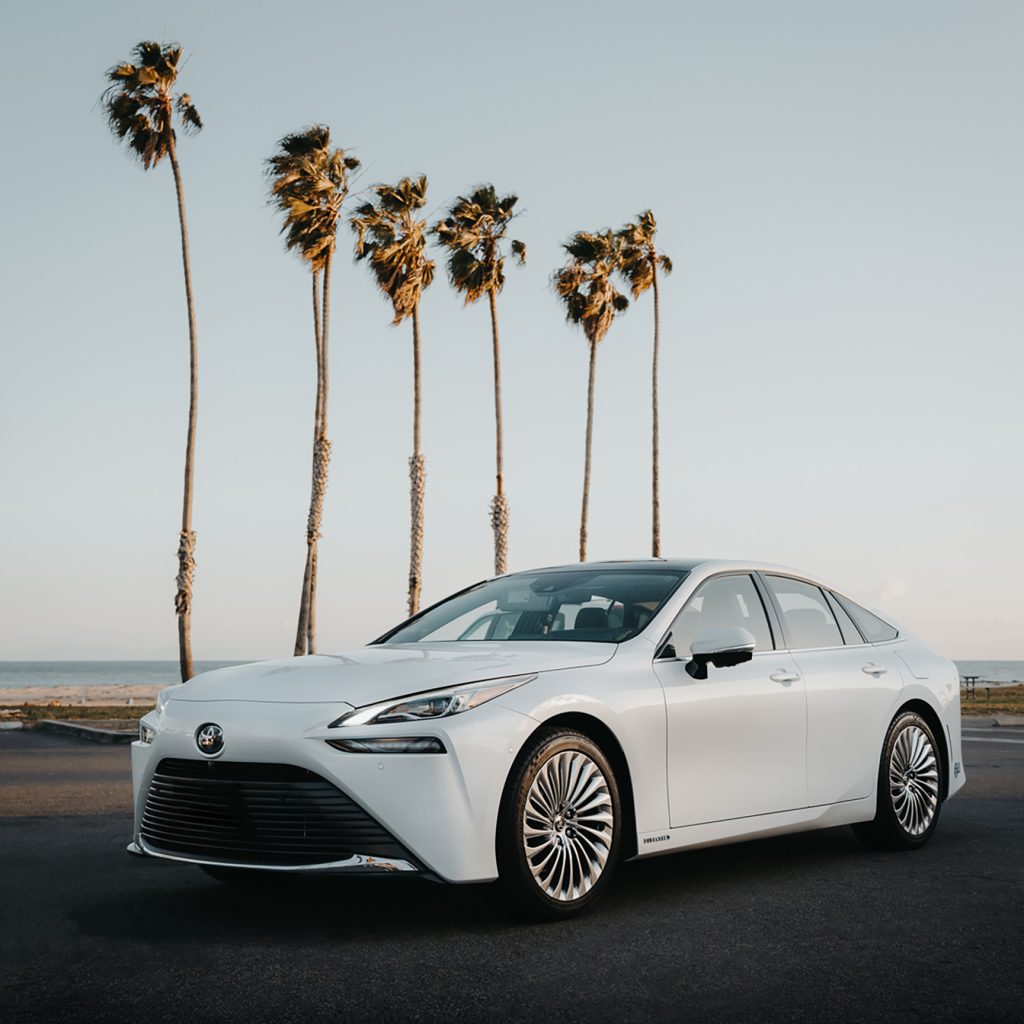
“I’ve already signed,” D’Anna told the Sacramento Bee. He ended up driving off the lot with the air conditioning turned off to conserve fuel. “This is bad. My heart was dropping into my stomach.”
D’Anna is now one of the plaintiffs in a class action lawsuit against Toyota, hydrogen station operator FirstElement Fuel, the Hydrogen Fuel Cell Partnership, and California Governor Gavin Newsom.
The complaint, filed in Los Angeles Superior Court, accuses the defendants of fraud, negligence, and violations of consumer protection laws, among others. It alleges that Toyota knowingly sold vehicles reliant on a fueling ecosystem that was more than subpar, trapping buyers in loans for cars they can barely use.
D’Anna’s Mirai now sits unused under a tarp at his father’s house in El Dorado County. He still pays nearly $1,100 a month on the car, on top of a $1,200 monthly payment for a Ford F-150 hybrid he purchased in 2023 as a replacement.
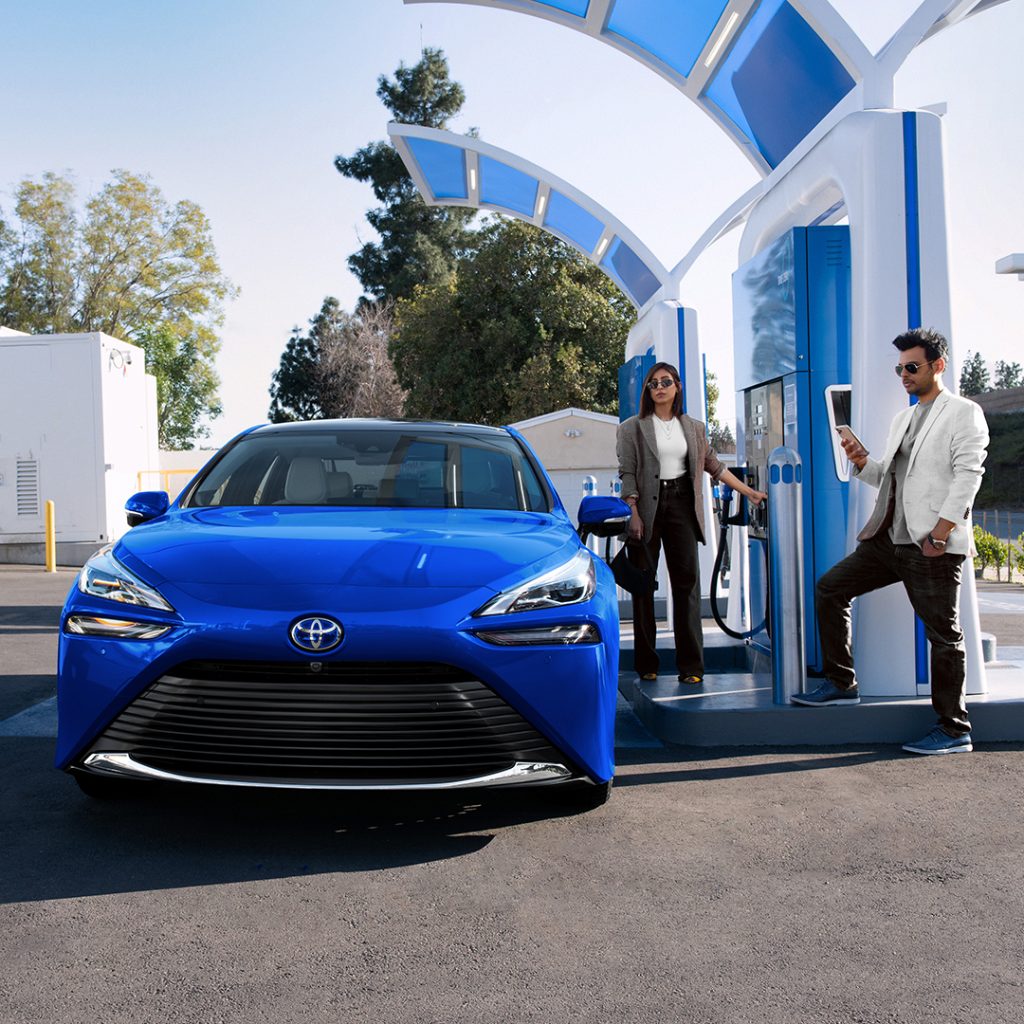
Infrastructure that never materialized
At its peak, California’s hydrogen vision appeared ambitious but achievable. The state pledged tens of millions of dollars to build a network of fueling stations. Automakers like Toyota, Hyundai, and Honda introduced sleek zero-emission vehicles powered by compressed hydrogen gas.
The pitch was compelling. Drivers could refuel in a few minutes and emit only water vapor, a seemingly reasonable if not preferable alternative to electric vehicles, which were still gaining traction.
But the real-world rollout failed to keep pace with the marketing. California currently has about 50 hydrogen fueling stations, as per data from the Hydrogen Fuel Cell Partnership. And in 2024, Shell exited the market and shuttered multiple locations.
Even when hydrogen stations are available, they are often plagued by maintenance issues and inconsistent supply. Hydrogen prices have tripled too, and what once cost $70 to fill now runs closer to $200, the Bee noted.
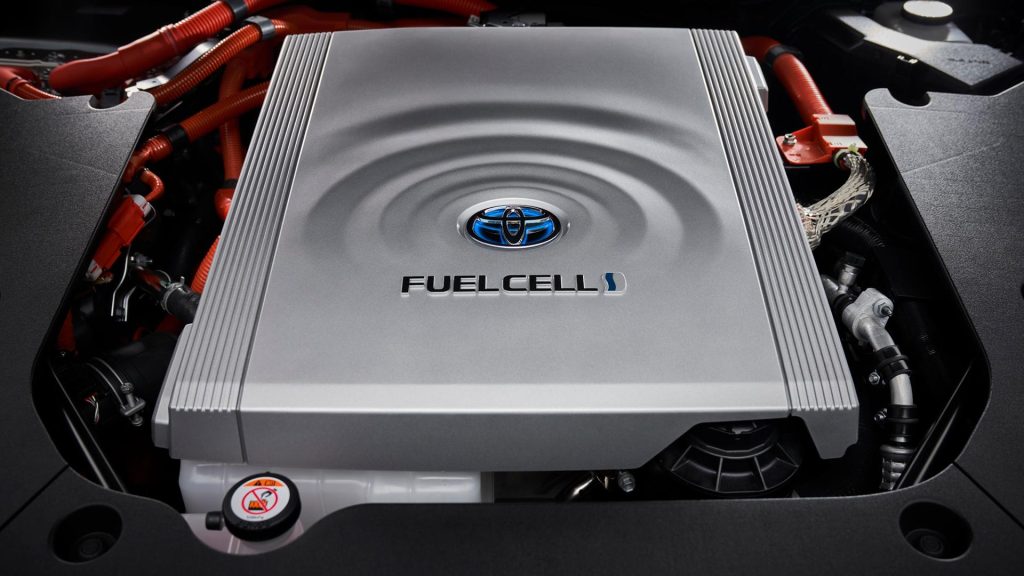
In a statement to Teslarati, Patrick Peterson, auto expert at GoodCar.com, said, “Toyota and Hyundai were among the first to push hydrogen forward, and their vehicles are genuinely impressive. But the issue isn’t the tech, it’s everything around it. The infrastructure just isn’t ready. Most drivers aren’t willing to gamble on whether they’ll find a working hydrogen station or deal with issues like frozen fuel nozzles.”
Peterson said hydrogen’s biggest flaw is its lack of consistency. “EVs, for all their early bumps, have earned consumer trust. You’ve got widespread charging access, predictable performance, and fewer question marks. Hydrogen hasn’t hit that point yet. One bad fill-up can sour someone’s view of the entire platform.”
The price of faith in an idea
Ricky Yap of West Sacramento bought his 2016 Toyota Mirai in 2020 from Roseville Toyota. The vehicle, priced at $16,000, came with a prepaid fuel card worth the same amount. Initially, the fueling experience was “a bit cumbersome and confusing but not so bad,” Yap told the Bee. Then things got a lot worse.
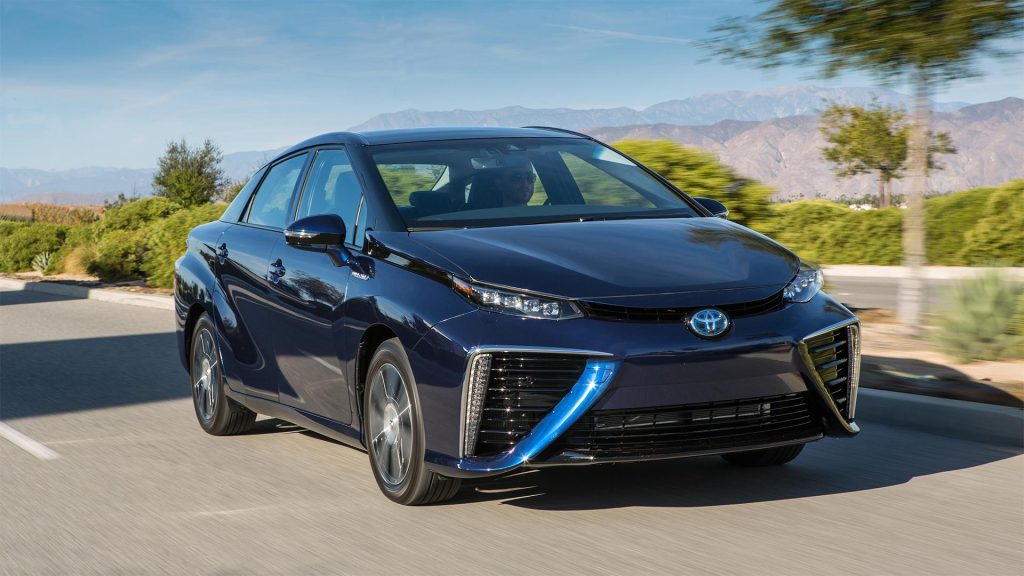
Shell’s closure of hydrogen stations led to long lines at the only remaining site in Sacramento. Hydrogen prices soared, and fueling, thanks to long lines at the station, ended up taking as long as four hours. Yap eventually stopped using the car altogether. He canceled the insurance and registered it as a non-operational vehicle.
“I used it very seldom just because of the fact I don’t like the stress,” he said. “I don’t want to pay insurance on a car that I can’t use every day.”
The lawsuit claims that Toyota and its partners misled consumers about the viability of the hydrogen ecosystem. Many owners were driven by environmental motivations, enticed by generous incentives and Toyota’s reputation. But the resale value of hydrogen cars has collapsed.
One plaintiff, Parita Shah, a physician assistant from Sacramento County, told the Bee that her dealership offered her only $2,000 for her $36,000 Mirai after stations near her home shut down just months after purchase.
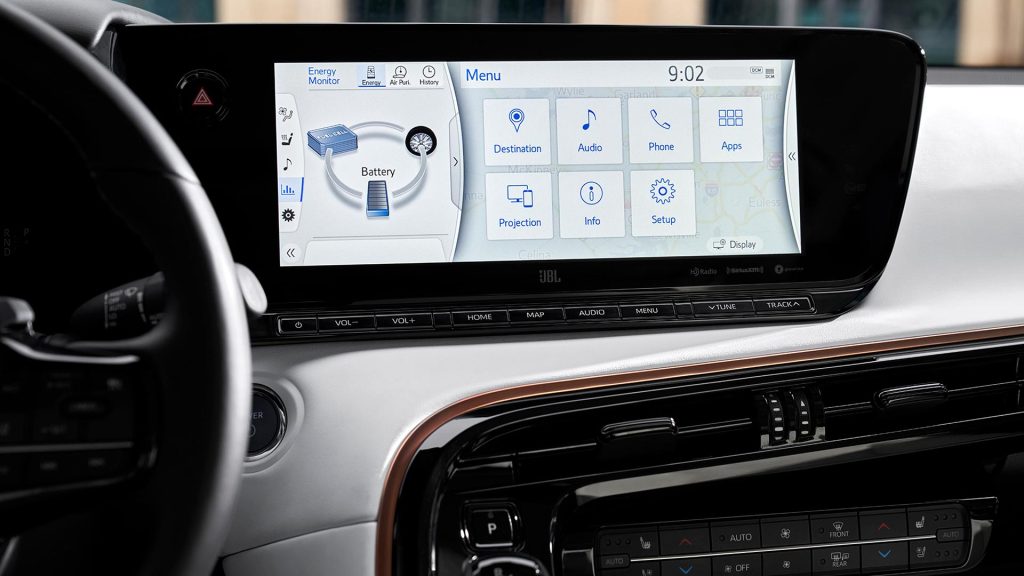
Consumers’ legal action turns up the pressure
In July 2025, frustrated Mirai owners organized a demonstration in Los Angeles to draw attention to what they called a broken promise. Protesters held signs reading “Mirai is a Lie,” “Toyota Made a Big Mistake,” and “Mirai Left Me Dry.”
Jason Ingber, attorney for D’Anna, Yap, and several other Mirai owners, spoke at the event. He accused the automaker of knowingly selling a product into a failing infrastructure.
“These are brands they thought they could rely on, and they go in, and they’re told ‘This is the next best thing!’ and it turns out, it’s not,” Ingber told KTLA 5.
Ingber also shared a comment to Teslarati: “Toyota is still selling this car. It makes no damn sense. No fuel for drivers. The car doesn’t work as advertised,” he said.
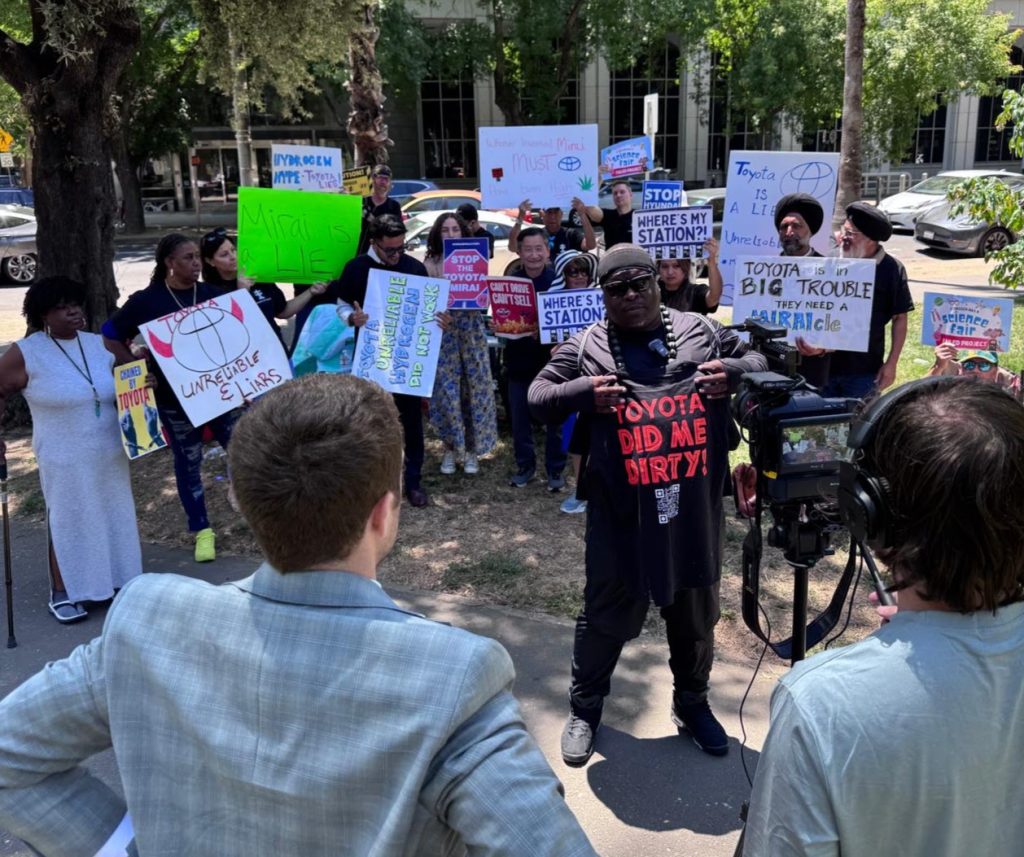
Automakers offer limited relief
Toyota has acknowledged the fueling issues and confirmed that it stopped selling new Mirais in the Sacramento area over a year ago. In a statement to the Bee, the company said it is “working with affected Mirai customers to identify ways to help them on a case-by-case basis.”
Rental cars and service credits are among the remedies offered, but plaintiffs argued that these are not sustainable solutions. Shah stated that the rental process is quite cumbersome. In her case, she has been relying on a series of short-term rental cars provided by Toyota, which she must exchange every 25 days. She continues to make $326 monthly payments on he Mirai, which she cannot use.
Hyundai, whose Nexo SUV also relies on hydrogen fuel, has offered similar 21-day rental options. The company also issued a recall for about 1,600 Nexo SUVs in late 2024 due to possible hydrogen leaks and potential fires, warning owners to park their cars outside until repairs were made.
A shrinking market
Since 2012, just under 18,000 hydrogen-powered vehicles have been sold in California. Toyota accounts for the vast majority of them, but the pace of adoption has slowed dramatically. For comparison, California now has millions of battery electric and hybrid vehicles on the road.
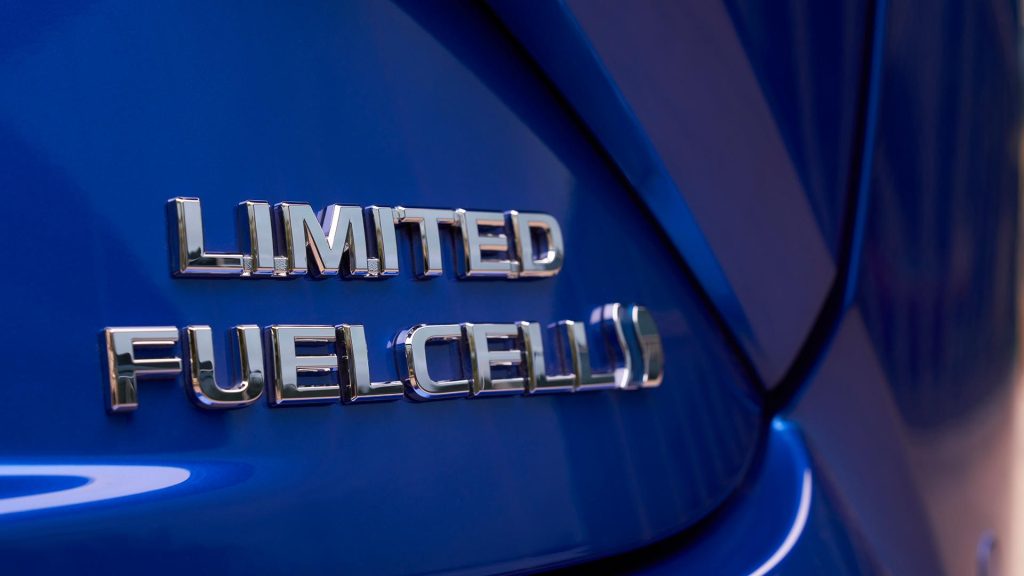
Policies have also seen a notable shift. California initially committed about $20 million annually to develop hydrogen fueling infrastructure. That number has since dropped to $15 million, and it’s no longer limited to light-duty stations.
Josh Newman, a former state senator and current Mirai owner, told the Bee that government support has fallen short. “I blame the state. We were supposed to have 200 stations up and running for light-duty hydrogen vehicles by 2025,” he said.
In a statement to Teslarati, Alex Black, Chief Marketing Officer at EpicVIN, said the problem now extends beyond infrastructure. “Yes, hydrogen cars do have an image problem right now,” he said.
“Many just do not have confidence in the technology, largely because they have not seen very many out there, there are not many places to fill them up, and have heard about previous recall problems or problems. That tends to stick with them.”
Black added that public sentiment plays a powerful role. “When public sentiment turns, all activity comes to an end: reduced demand, reduced investment, and fewer stations are built. It’s a vicious circle.”
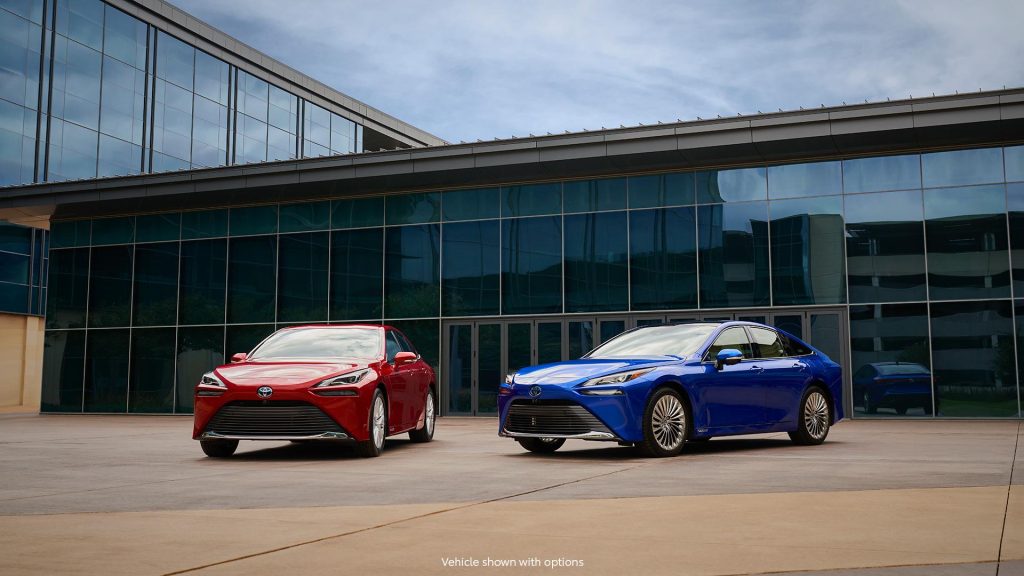
A clean tech cautionary tale
Toyota’s investment in hydrogen was bold and well-intentioned. The technology offers apparent advantages, especially for long-haul or commercial use cases where quick refueling and long range are critical. But for personal mobility, hydrogen’s future remains uncertain, if not questionable, today.
The technology may still find its place in transportation. But for now, at least, consumer trust in hydrogen vehicles has been undermined, and infrastructure is still unreliable for those who have opted to become early adopters of the technology. For those who bought into the vision early, the experience has turned into a cautionary tale.
“People want something they can rely upon,” said Black in his statement to Teslarati. “And they want it to be easy. Hydrogen is not quite there yet.”
For Mirai owners still making monthly payments on cars they cannot drive, the idea of a hydrogen powered future is very sobering.

News
Tesla China quietly posts Robotaxi-related job listing
Tesla China is currently seeking a Low Voltage Electrical Engineer to work on circuit board design for the company’s autonomous vehicles.

Tesla has posted a new job listing in Shanghai explicitly tied to its Robotaxi program, fueling speculation that the company is preparing to launch its dedicated autonomous ride-hailing service in China.
As noted in the listing, Tesla China is currently seeking a Low Voltage Electrical Engineer to work on circuit board design for the company’s autonomous vehicles.
Robotaxi-specific role
The listing, which was shared on social media platform X by industry watcher @tslaming, suggested that Tesla China is looking to fill the role urgently. The job listing itself specifically mentions that the person hired for the role will be working on the Low Voltage Hardware team, which would design the circuit boards that would serve as the nervous system of the Robotaxi.
Key tasks for the role, as indicated in the job listing, include collaboration with PCB layout, firmware, mechanical, program management, and validation teams, among other responsibilities. The role is based in Shanghai.
China Robotaxi launch
China represents a massive potential market for robotaxis, with its dense urban centers and supportive policies in select cities. Tesla has limited permission to roll out FSD in the country, though despite this, its vehicles have been hailed as among the best in the market when it comes to autonomous features. So far, at least, it appears that China supports Tesla’s FSD and Robotaxi rollout.
This was hinted at in November, when Tesla brought the Cybercab to the 8th China International Import Expo (CIIE) in Shanghai, marking the first time that the autonomous two-seater was brought to the Asia-Pacific region. The vehicle, despite not having a release date in China, received a significant amount of interest among the event’s attendees.
Elon Musk
Elon Musk and Tesla AI Director share insights after empty driver seat Robotaxi rides
The executives’ unoccupied tests hint at the rapid progress of Tesla’s unsupervised Robotaxi efforts.

Tesla CEO Elon Musk and AI Director Ashok Elluswamy celebrated Christmas Eve by sharing personal experiences with Robotaxi vehicles that had no safety monitor or occupant in the driver’s seat. Musk described the system’s “perfect driving” around Austin, while Elluswamy posted video from the back seat, calling it “an amazing experience.”
The executives’ unoccupied tests hint at the rapid progress of Tesla’s unsupervised Robotaxi efforts.
Elon and Ashok’s firsthand Robotaxi insights
Prior to Musk and the Tesla AI Director’s posts, sightings of unmanned Teslas navigating public roads were widely shared on social media. One such vehicle was spotted in Austin, Texas, which Elon Musk acknowleged by stating that “Testing is underway with no occupants in the car.”
Based on his Christmas Eve post, Musk seemed to have tested an unmanned Tesla himself. “A Tesla with no safety monitor in the car and me sitting in the passenger seat took me all around Austin on Sunday with perfect driving,” Musk wrote in his post.
Elluswamy responded with a 2-minute video showing himself in the rear of an unmanned Tesla. The video featured the vehicle’s empty front seats, as well as its smooth handling through real-world traffic. He captioned his video with the words, “It’s an amazing experience!”
Towards Unsupervised operations
During an xAI Hackathon earlier this month, Elon Musk mentioned that Tesla owed be removing Safety Monitors from its Robotaxis in Austin in just three weeks. “Unsupervised is pretty much solved at this point. So there will be Tesla Robotaxis operating in Austin with no one in them. Not even anyone in the passenger seat in about three weeks,” he said. Musk echoed similar estimates at the 2025 Annual Shareholder Meeting and the Q3 2025 earnings call.
Considering the insights that were posted Musk and Elluswamy, it does appear that Tesla is working hard towards operating its Robotaxis with no safety monitors. This is quite impressive considering that the service was launched just earlier this year.
Elon Musk
Starlink passes 9 million active customers just weeks after hitting 8 million
The milestone highlights the accelerating growth of Starlink, which has now been adding over 20,000 new users per day.

SpaceX’s Starlink satellite internet service has continued its rapid global expansion, surpassing 9 million active customers just weeks after crossing the 8 million mark.
The milestone highlights the accelerating growth of Starlink, which has now been adding over 20,000 new users per day.
9 million customers
In a post on X, SpaceX stated that Starlink now serves over 9 million active users across 155 countries, territories, and markets. The company reached 8 million customers in early November, meaning it added roughly 1 million subscribers in under seven weeks, or about 21,275 new users on average per day.
“Starlink is connecting more than 9M active customers with high-speed internet across 155 countries, territories, and many other markets,” Starlink wrote in a post on its official X account. SpaceX President Gwynne Shotwell also celebrated the milestone on X. “A huge thank you to all of our customers and congrats to the Starlink team for such an incredible product,” she wrote.
That growth rate reflects both rising demand for broadband in underserved regions and Starlink’s expanding satellite constellation, which now includes more than 9,000 low-Earth-orbit satellites designed to deliver high-speed, low-latency internet worldwide.
Starlink’s momentum
Starlink’s momentum has been building up. SpaceX reported 4.6 million Starlink customers in December 2024, followed by 7 million by August 2025, and 8 million customers in November. Independent data also suggests Starlink usage is rising sharply, with Cloudflare reporting that global web traffic from Starlink users more than doubled in 2025, as noted in an Insider report.
Starlink’s momentum is increasingly tied to SpaceX’s broader financial outlook. Elon Musk has said the satellite network is “by far” the company’s largest revenue driver, and reports suggest SpaceX may be positioning itself for an initial public offering as soon as next year, with valuations estimated as high as $1.5 trillion. Musk has also suggested in the past that Starlink could have its own IPO in the future.








